World Class Textile Producer with Impeccable Quality
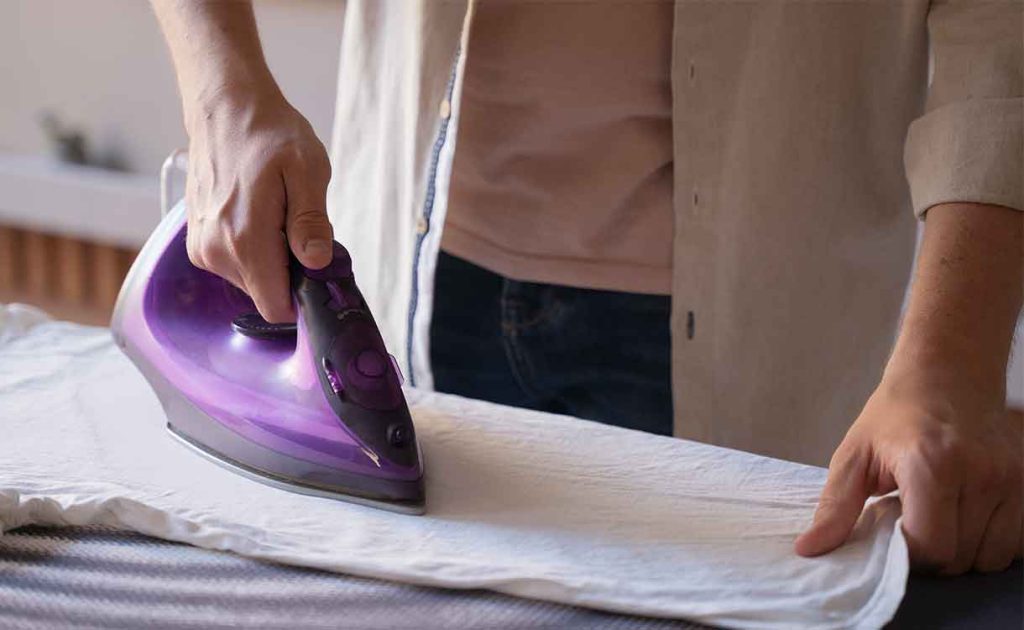
World Class Textile Producer with Impeccable Quality

Knit fabrics have always been a popular choice among fashionistas. These fabrics cover various applications, from providing comfort to ensuring flexibility. With knit fabrics, it becomes a challenging task to maintain an elegant appearance. Ironing and steaming are both a must to keep the appearance intact.
Knit fabrics are prone to stretching. It is an essential task to achieve a polished look without causing damage. It can only be possible with the help of ironing and steaming. This guide will help you understand the specific needs of knit fabrics and the proper implications of ironing and steaming.
Knit fabrics are the creation of the process of interlocking loops of yarn. These fabrics result in stretchy, flexible issues. In the manufacturing process of knit fabric, a single continuous thread of yarn is used. This thread of yarn gets looped in a series of interconnected stretches.
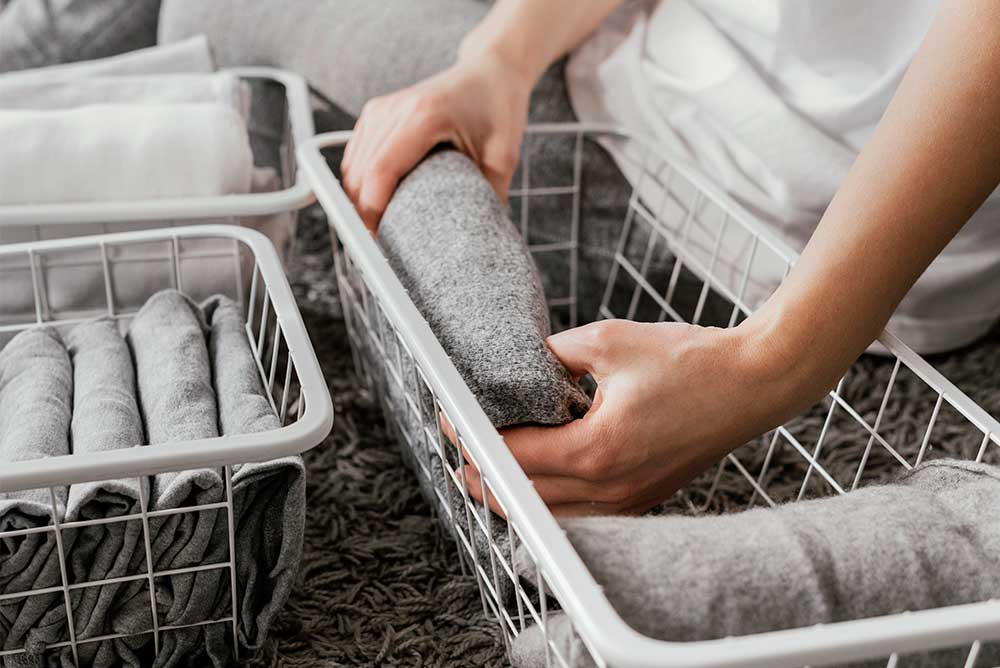
Knit fabrics are comfortable, versatile, stretchable, and soft. The open structure in knit fabric allows good air circulation. The fabric is warm-weather clothing and wrinkle-resistant. Knit fabrics have applications in everyday apparel, from casual to children’s clothing.
Ironing refers to the use of a heated iron to remove wrinkles from the fabric. The fabric remains smooth. Knit fabrics are delicate and stretch-prone. Ironing comes in great use in removing wrinkles, and creases.
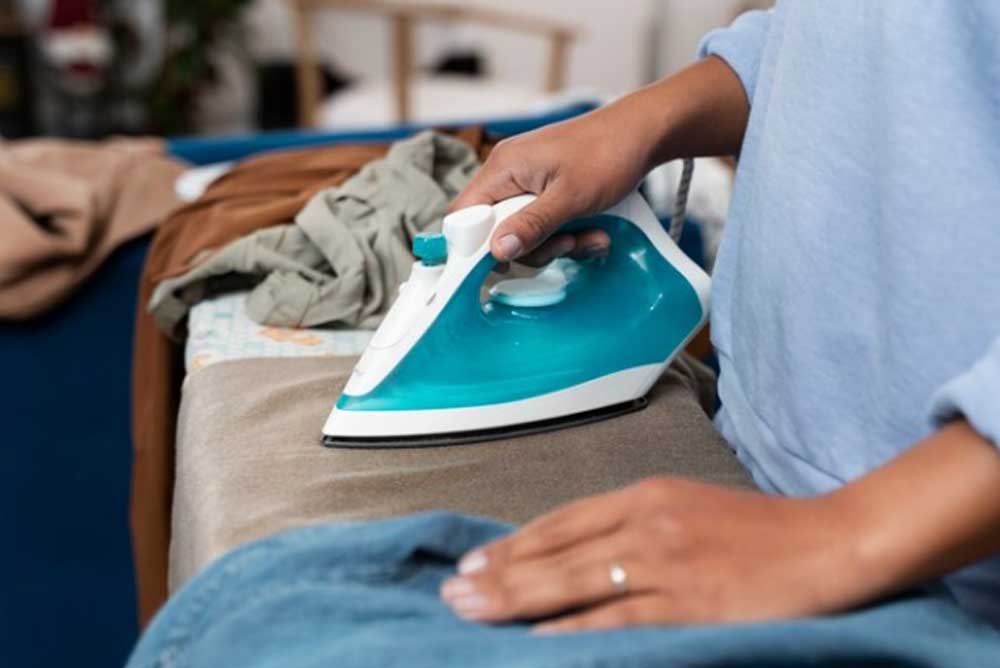
It improves the overall appearance of the fabric. Besides, proper ironing helps maintain the shape. It prevents the fabric from getting misshapen.
Steaming refers to the process of using a steamer to apply heat and moisture to knit fabrics. It removes wrinkles and refreshes the fabric. Steaming is gentle and ideal for delicate knit fabrics.
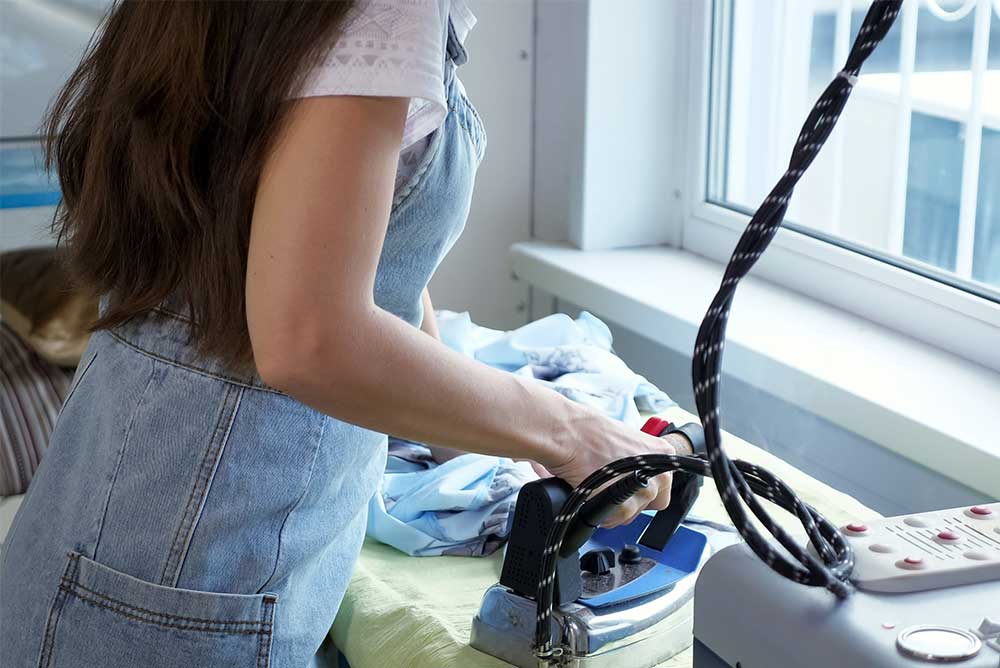
It causes damage and preserves the texture of the fabric. Steamers remove wrinkles faster as they heat up quickly. When using steaming, it is important to adjust settings for the best results.
Knit fabrics are available in multiple kinds. The suitability of ironing differs from one kind to another kind. Here are the types of knit fabrics and how these fabrics get affected by the use of ironing are given below:
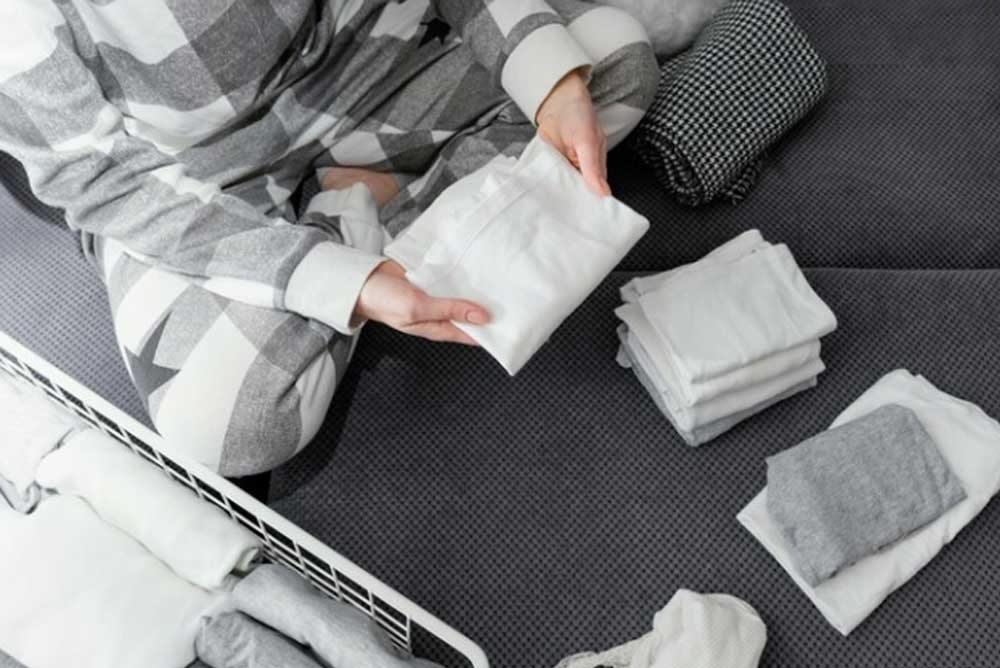
Knit fabrics go through several beneficial stages to achieve the desired appearance. Hence, fabrics offer some benefits to enhance the longevity of the garment. Here are some benefits described below:
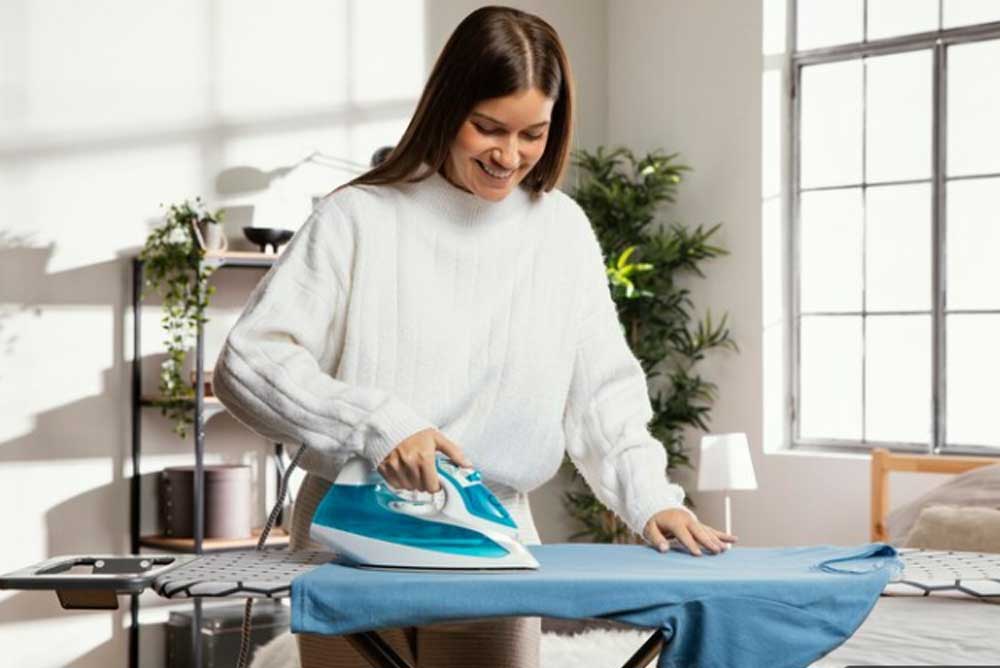

Ironing and steaming both methods are both quick and refreshing for knit fabrics. These two methods make the fabric practical and ready to use for last-minute touch-ups. Any of these methods keep the knit fabric polished and prolong the life of the garment.
Ironing removes wrinkles and creases from knit fabrics. It gives the fabric a smooth look and enhances the overall appearance. Besides, ironing and steaming maintain the intended shape of the fabric. Ironing is easy to manage in the production process as it leads to the finished process neatly.
Steaming has become an indispensable method throughout the production process. Production of knit fabrics would not work without steam. Steam removes creases and wrinkles. Whether it is a traditional clothing iron or a handheld steamer, steaming eliminates unpleasant odors from fabric. For example, polyester material.
Ironing and steaming ensure a high-quality standard and are durable for consumers. Investing in proper ironing and steaming can lead to optimum product quality with customer satisfaction and overall efficiency. Besides, fabrics may undergo embroidery and printing, in that scenario, ironing and steaming become essential to achieve a high-quality result. Steaming relaxes the fibers in knit fabrics and prevents shrinkage after washing the fabric. On the other hand, ironing and steaming both are cost-effective and energy-efficient to reduce the environmental impact in the long run.
Knit fabrics are quite sensitive in terms of getting prone to stretching. Ironing and steaming, both methods are effective. It is essential to use the appropriate techniques. Steaming is comparatively gentler than ironing. Steaming requires moisture and heat to remove the wrinkles indirectly, without direct contact.
Proper steaming can make the fabric durable and resilient of the fiber. Ironing requires a low heat setting, a pressing cloth, and excessive pressure. The result of these two methods is good enough to bring a delicate and polished look to knits.